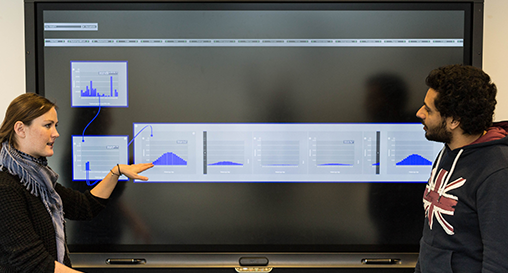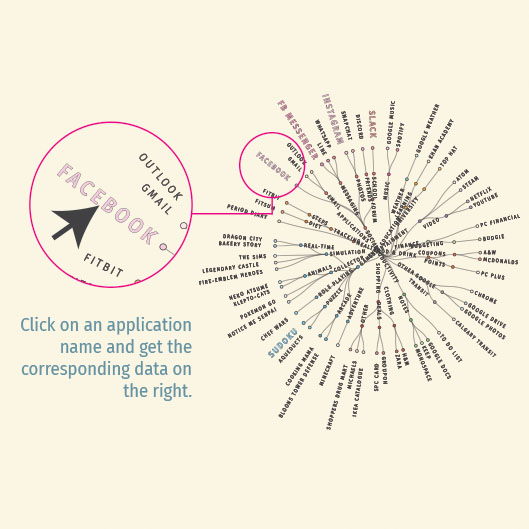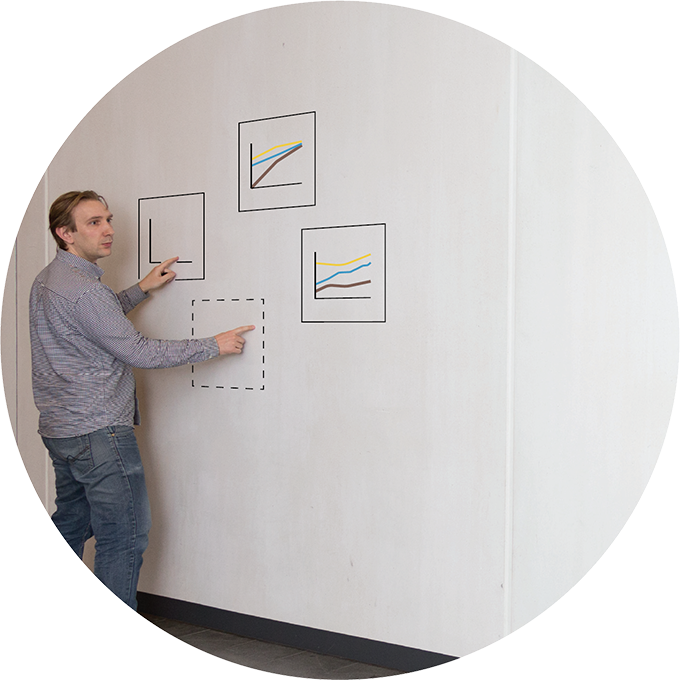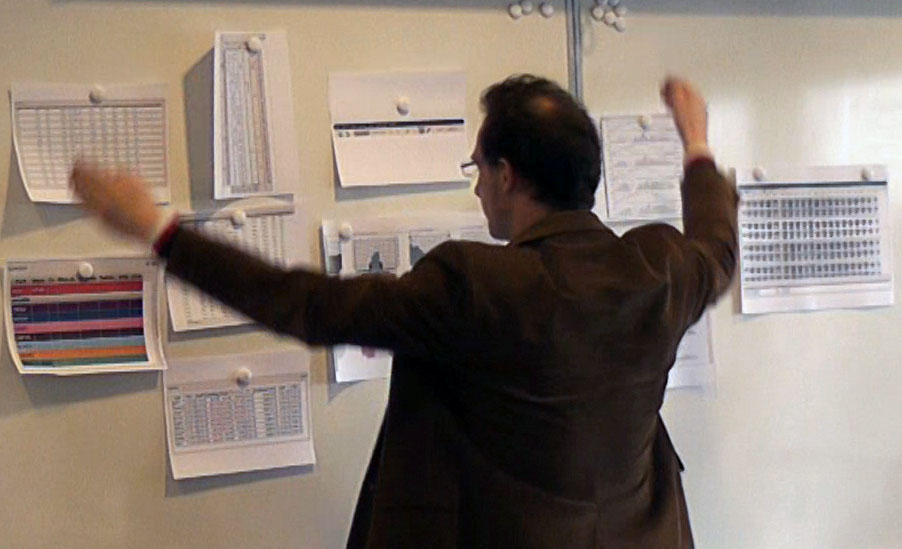multiple views
The notion of *Multiple Views* centers on the idea of showing data in separate views to allow people to see different parts of a data set separately, see the same data in different representations, or to let them lay out views manually to make sense of them, e.g., like people naturally do with documents on a table.
The notion of Multiple Views centers on the idea of showing data in separate views to allow people to see different parts of a data set separately, see the same data in different representations, or to let them lay out views manually to make sense of them, e.g., like people naturally do with documents on a table. The focus of my Marie Curie postdoctoral fellowship is to increase our understanding of how we can help people understand how views relate to each other. In our paper on multiple views, we coined the notion of view relation techniques. I study theoretical and formal aspects of multiple views, as well as very concrete uses rooted in this concept through collaborations with case partners in the health data domain. My case partners are concerned with analyzing complex data sets, where different disciplines need to work together to come to useful insights based on their data analysis process.
I consider large displays (see for example our paper on imaginative uses of large displays) as part of focusing on collaborative analysis processes, and more generally, the notion of ubiquitous analytics. To study this aspect, I am part of a newly established Center for Health Informatics at the Foothills campus of University of Calgary. The center is physically located at the Foothills Campus at University of Calgary and houses large displays and motion tracking technology. This allows us to study how large displays might be used as part of a ubiquitous analytics process, where researchers can enter the visualization room with their own device, move data and visualizations to a shared surface, and take them with them again when a collaborative analysis session is over. In this sense, the notion of multiple views works across devices and form factors.
I also consider theoretical aspects of multiple views in VIVIR. With onset from the notion of view relations, I build a formalization of the information visualization pipeline. This work will provide a strong formal understanding of differences and similarities between visualizations.
References
-
In 2019 IEEE Workshop on Visual Analytics in Healthcare (VAHC) (2019)
-
In Posters of IEEE VIS 2018 (IEEE VIS) (2018)
-
In ACM CHI 2018 Workshop on Rethinking Interaction (ACM CHI) (2018)
-
Proceedings of IEEE VIS 2017 Immersive Analytics (IEEE VIS) (2017)
-
In Proceedings of the 7th Nordic Conference on Human-Computer Interaction: Making Sense Through Design (2012): 558–567




